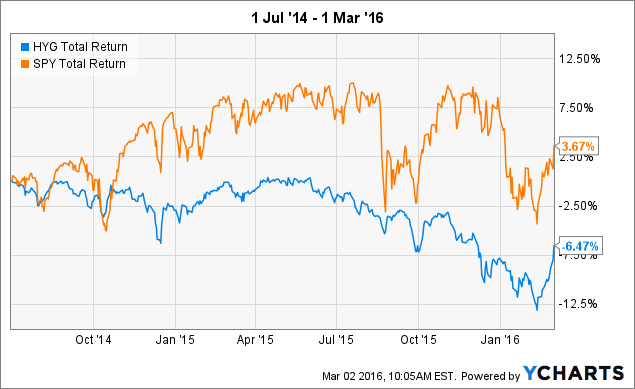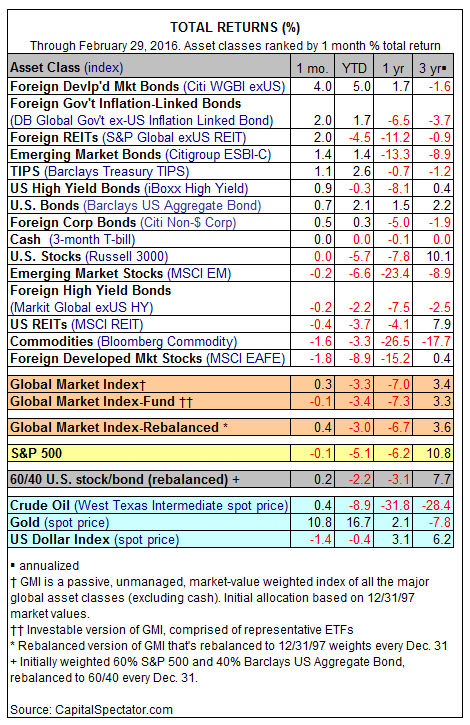It looks like you're new here. If you want to get involved, click one of these buttons!
Yes, that was the Spitzer and Singh study cited ...Getting back to the question as to "where" should retirement withdrawals come from this study researched a number of options and I liked this quote enough to pass it along:
In virtually all the scenarios, "it pays to eat your bonds first, equities later."
Withdrawal scenarios studied:
1. Withdraw money from either stocks or bonds and then rebalance the portfolio annually to the initial stock/bond proportion. This harvesting rule will be referred to as “Rebalance.”
2. Withdraw money from the asset that had the highest return during the year and do not rebalance. This will be referred to as “High First.”
3. Withdraw money from the asset that had the lowest return during the year and do not rebalance. This will be referred to as “Low First.” To the extent that historical rates of return on bonds tend to be lower than historical rates of return on stocks, the following two additional methods of harvesting withdrawals will be referred to as “Bonds First” and “Stocks First.”
4. Take withdrawals from bonds first and do not rebalance.
5. Take withdrawals from stocks first and do not rebalance.
Study:
time-diversification-vs-rebalancing-in-retirement-portfolios/
They could probably run a 10 period monthly moving average on the prices of the assets as to reduce daily generated "whipsaws" ( as many "needless" whipsaws occurring in the past have been contained "within" the monthly data ) and reduce the amount of "management" time, ie. looking at the calculations daily / subjecting oneself too frequently to market data - leading to possible cognitive investing biases ...Interesting Read using a three fund portfolio (VFINX, VUSTX, VSGBX or VFITX) and a 200 mda filter.
From the link:
"The popular 60/40 Stocks/Bond portfolio performs well over the past 24 years, but adding a simple moving average to this portfolio has increased returns, reduced the duration of draw downs, and substantially reduced portfolio draw down. Adding in an intermediate term bond fund as the cash fund accomplished even more, it increased annual returns more than 10% over the buy and hold portfolio, while having close to 1/3 of the daily draw down numbers. Avoiding draw down and still being involved in market upswings was the goal of this strategy, and it worked well in this instance. There were a few concerns, namely being involved in the cash filter fund for too much duration, not being diverse enough to capitalize on gains across different markets, and the potential of missing out on some of the market upsides. However, these concerns did not prevent us from accomplishing the goals of reducing draw down and risk along with increasing return in this particular example."
iema-blog.com/2016/02/6040-stockbonds-portfolio-with-market.html
Didn't we close at 2022 today? Hasn't oil rocketed ahead over 50% off its lows. Aren't junk bonds leading stocks and many after today's big move up in the 2.5% to 3% YTD range? I just love these so called professionals who talk down to the amateurs. I guess the difference between a professional and an amateur is the amount of capital involved? And as we saw earlier today, those huge sums of capital managed by the hedge funds have had dismal returns the past 7 years.FYI: Talk to some traders right now and you’ll hear the smartest ones talking about fading each edge of the range – the market-wide breakouts and breakdowns are all false.
Only amateurs are making high-conviction moves these days. They get bearish at SPX 1970 and bullish as we approach 2000. The market is chopping them up.
Regards,
Ted
http://thereformedbroker.com/2016/03/11/welcome-to-the-chop-shop/
When Do You Want Your Risk, Now Or Later?:
http://thereformedbroker.com/2016/03/10/when-do-you-want-your-risk-now-or-later/
February 2016 – In his latest portfolio review, Andrew Foster discusses a shift in the Fund’s composition, away from the Asian region, and toward larger stocks at the expense of smaller ones. Next, he speculates as to the cause behind the collapse in China’s capital markets. While he does not offer a definitive explanation, he does suggest that circumstances may be serious enough to warrant attention from investors.


"If a fund [from t-1 or t-2] disappears from our dataset [in year t], then the capital that was invested in it is equally allocated among the remaining funds" in its cohort, i.e. top decile, middle decile, bottom decile.I looked at this study but could not figure out whether the authors' data suffer from survivorship bias. If the dead funds are not included in the database and analysis, the findings of this paper could mean nothing. Suppose that a fund disappeared due to poor performance in year t. If this fund was kept in the database, a strategy of including it in the loser portfolio at t-1 or t-2 would generate poor results.





© 2015 Mutual Fund Observer. All rights reserved.
© 2015 Mutual Fund Observer. All rights reserved. Powered by Vanilla